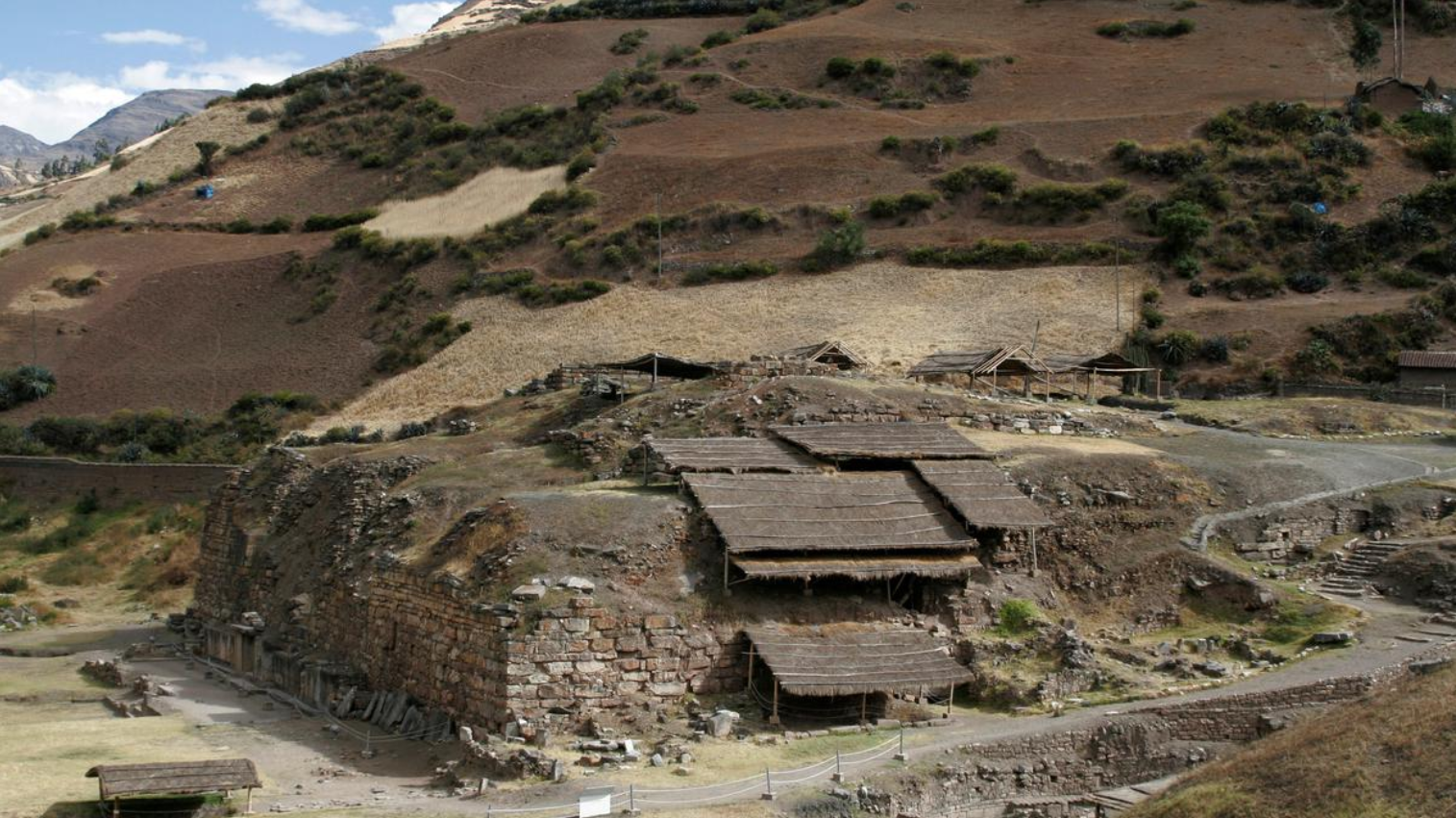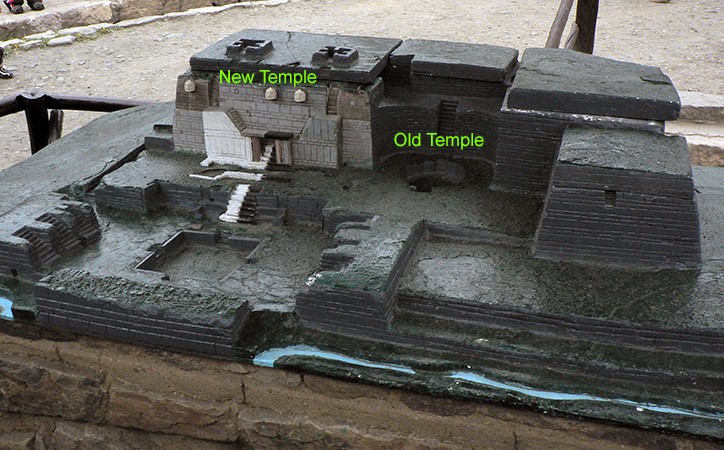Free Courses Sale ends Soon, Get It Now


Free Courses Sale ends Soon, Get It Now



Disclaimer: Copyright infringement not intended.
Context
Other information
Earlier exploration
Chavin de Huantar
Features of Temple complex

A model of the temple complex
Disclaimer: Copyright infringement not intended.
Significance of Discovery
Must Read Article:
UNESCO World Heritage sites
https://www.iasgyan.in/daily-current-affairs/unesco-world-heritage-sites
https://www.iasgyan.in/daily-current-affairs/world-heritage-sites-47
|
PRACTICE QUESTION Consider the following statements about Chavín de Huántar: 1. This archaeological site is declared a world heritage site by UNESCO. 2. It is believed to be the most important ceremonial and pilgrimage centre for the Andean religion. Which of the statements given above is/are incorrect? A. 1 only B. 2 only C. Both 1 and 2 D. Neither 1 nor 2 Answer: (D) |
© 2024 iasgyan. All right reserved